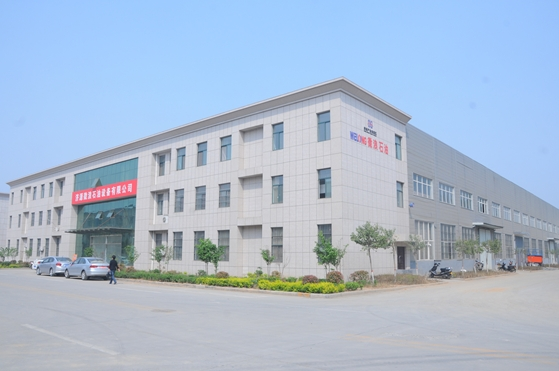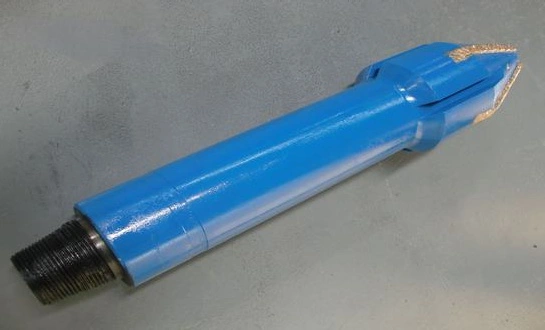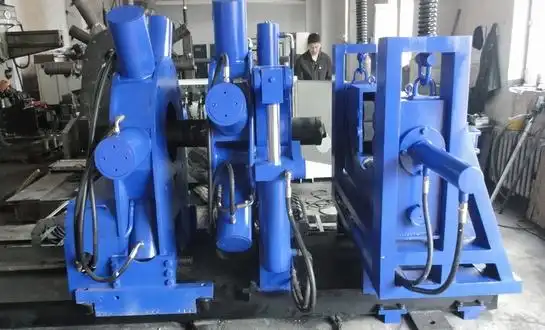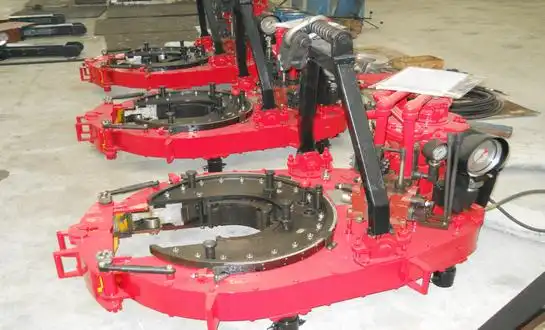Can Real-Time Wear Data Reduce Unplanned Rolling Mill Stoppages?
The Impact of Real-Time Monitoring on Mill Efficiency
Real-time wear data plays a pivotal role in reducing unplanned rolling mill stoppages. By continuously monitoring the condition of work rolls, operators can detect early signs of wear, surface defects, or abnormal behavior. This proactive approach allows for timely interventions, preventing catastrophic failures that could lead to extended downtime and costly repairs. Implementing real-time monitoring systems enables mills to transition from reactive to predictive maintenance strategies, significantly improving overall equipment effectiveness (OEE).
Predictive Maintenance Strategies Enabled by Wear Data
Advanced wear monitoring systems leverage machine learning algorithms to analyze historical and real-time data, predicting when rolls are likely to reach their end of life. This predictive capability allows maintenance teams to schedule roll changes during planned downtime, minimizing disruptions to production schedules. By optimizing maintenance intervals based on actual wear rates rather than fixed time periods, mills can extend roll life and reduce unnecessary changeouts, leading to substantial cost savings and improved productivity.
Case Studies: Successful Implementation of Real-Time Monitoring
Several leading steel manufacturers have reported significant reductions in unplanned stoppages after implementing real-time work roll wear monitoring systems. For example, a major European steel mill reduced unplanned downtime by 30% within the first year of adopting advanced monitoring technology. Another case study from a North American rolling mill demonstrated a 25% increase in roll life and a 15% reduction in quality-related issues attributed to improved wear management. These success stories highlight the tangible benefits of leveraging real-time data in rolling mill operations.
Top Tools for Tracking Work Roll Wear Patterns in High-Volume Production
Advanced Sensor Technologies for Wear Measurement
In modern steel mills, wear measurement systems have evolved to include a variety of advanced sensor technologies that provide a detailed and accurate picture of work roll condition. One of the most widely used tools is the laser profilometer, which uses laser scanning to create a highly detailed surface map of the work roll. This enables precise measurement of both the roll’s diameter and its surface roughness, which are crucial for detecting wear patterns that may affect product quality. Eddy current sensors are another valuable tool, allowing operators to detect subsurface defects or material property changes that could indicate potential roll failure. These sensors are capable of providing early warning signals, helping prevent unexpected breakdowns. Ultrasonic thickness gauges are also used in conjunction with other technologies, particularly for measuring the wall thickness of hollow rolls in advanced rolling applications. By offering non-destructive measurements, ultrasonic gauges help to monitor the integrity of the rolls without compromising their operational effectiveness.

Data Analytics and Visualization Platforms
To harness the massive volumes of data generated by wear monitoring sensors, steel mills are increasingly relying on advanced data analytics and visualization platforms. These systems collect and process data from multiple sources, such as wear sensors, production schedules, and quality control systems, into a unified platform. Machine learning algorithms play a pivotal role in analyzing this data, identifying trends and patterns that might not be immediately obvious to operators. These platforms can predict future wear rates, enabling better planning for maintenance and replacement. Additionally, user-friendly dashboards display real-time wear data, showing key performance indicators (KPIs) and trends in an easily interpretable format. This allows operators to quickly assess the condition of the rolls and make informed decisions to optimize production and minimize downtime.
Integration with Mill Automation Systems
One of the most significant advancements in wear measurement technology is the seamless integration of wear monitoring systems with mill automation. This integration enables a more responsive and automated production environment. Real-time data from wear sensors is fed directly into the mill’s control system, allowing for automatic adjustments to key parameters such as roll gap settings. For example, as the diameter of a roll decreases due to wear, the system can automatically adjust the roll gap to maintain consistent strip thickness, ensuring uniformity and product quality throughout the production process. This level of automation not only enhances operational efficiency but also reduces the risk of human error, providing a more reliable and consistent output. By incorporating wear data directly into the mill’s control systems, mills can optimize both their performance and the quality of their final products with minimal manual intervention.
Impact of Wear-Induced Roll Diameter Changes on Strip Gauge Accuracy
Understanding the Relationship Between Roll Wear and Strip Gauge
Wear-induced changes in work roll diameter have a direct and significant impact on strip gauge accuracy. As rolls wear, their diameter decreases, altering the roll gap and consequently affecting the thickness of the processed strip. This relationship is particularly critical in precision rolling applications, where tight gauge tolerances are essential. Without proper monitoring and compensation, wear-induced diameter changes can lead to out-of-specification products, increased scrap rates, and customer dissatisfaction.
Compensating for Diameter Changes in Real-Time
Advanced wear monitoring systems enable real-time compensation for roll diameter changes, ensuring consistent strip gauge throughout the rolling campaign. By continuously measuring roll diameter and surface profile, these systems can automatically adjust roll gap settings to maintain the desired strip thickness. Some sophisticated setups even incorporate predictive models that anticipate future wear rates, allowing for proactive adjustments that maintain gauge accuracy over extended production runs.
Long-Term Benefits of Accurate Gauge Control
Maintaining precise gauge control through effective wear monitoring yields numerous long-term benefits for rolling mills. Improved product consistency leads to higher customer satisfaction and potentially opens up opportunities for higher-value markets that demand tighter tolerances. Reduced variability in strip gauge also contributes to more efficient downstream processes, such as coating or forming operations. Furthermore, accurate gauge control often results in material savings by allowing mills to operate closer to the lower limit of thickness specifications without risking out-of-tolerance products.
Source: CHINA WELONG-Oilfield tools Manufacturer
FAQ about Work Roll
What are the primary factors affecting work roll wear?
The primary factors affecting work roll wear include rolling temperature, strip material properties, rolling speed, lubrication conditions, and applied rolling force. Higher temperatures and harder strip materials generally lead to increased wear rates. Inadequate lubrication can result in accelerated wear, while excessive rolling speeds may cause thermal fatigue and surface deterioration. The applied force directly influences the contact stress between the roll and the strip, affecting wear patterns and rates.
How often should work rolls be replaced in a typical rolling mill?
The frequency of work roll replacement varies depending on several factors, including the type of material being rolled, production volume, and quality requirements. In high-volume steel production, work rolls may need replacement every 8-24 hours. For specialty alloys or precision applications, rolls might last several days or even weeks. Implementing effective wear monitoring systems can significantly extend roll life by optimizing usage and preventing premature failures.
What are the latest advancements in work roll materials?
Recent advancements in work roll materials focus on improving wear resistance, thermal stability, and surface quality. High-speed steel (HSS) rolls with enhanced alloying elements offer superior hardness and wear resistance for hot rolling applications. Ceramic-coated rolls provide excellent surface finish and reduced friction, particularly beneficial in cold rolling processes. Nano-structured materials and advanced heat treatments are being explored to create rolls with optimized microstructures that offer a balance of hardness, toughness, and thermal fatigue resistance.
In conclusion, effective work roll wear monitoring is essential for enhancing rolling mill performance, reducing unplanned stoppages, and maintaining strip gauge accuracy. By implementing advanced monitoring tools and strategies, mills can significantly improve productivity, product quality, and operational efficiency. As technology continues to evolve, the integration of real-time wear data with mill automation systems will further optimize rolling processes, driving the industry towards smarter and more sustainable manufacturing practices. For more information on cutting-edge work roll solutions and supply chain services tailored to the oil and gas industry, contact Welong at oiltools15@welongpost.com.





